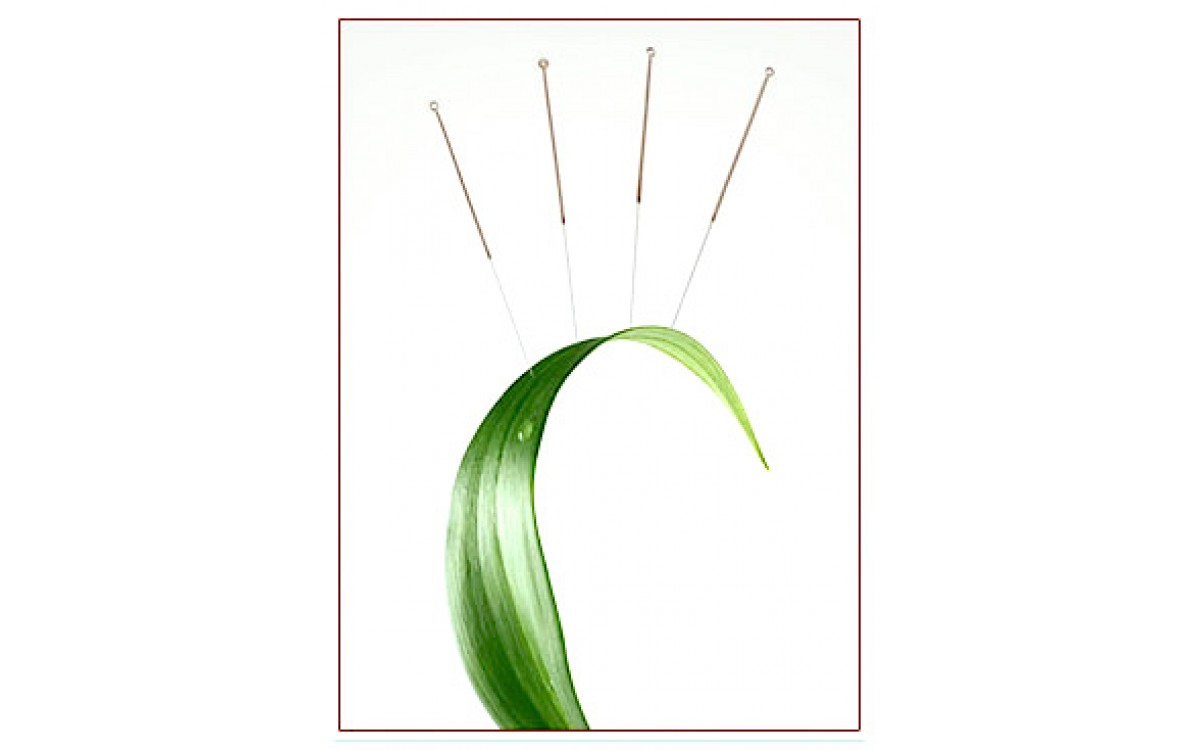The dominant function of acupuncture is to regulate the circulation of qi (vital energy) and blood. Approximately 2,000 years ago, the pre-eminent acupuncture text, Huangdi Neijing (Yellow Emperor's Classic on Internal Medicine), was written describing acupuncture as a means of releasing excess qi or blood along specific pathways or meridians (jingluo). According to the meridian, acupuncture would release blood but not qi or release qi but not blood. Disease then was viewed as pathogens entered the body through the skin, penetrated through muscle, organs and finally to bone marrow. The needle in acupuncture when inserted to the appropriate depth of disease penetration would release disease.
This view corresponded to the natural context available to healers who viewed the body as powered by vital qi and fluids running through meridians as the natural world is powered by channels of running water - across the mountains, streams, ponds and oceans. Prior to science as we know it through the miscroscope lens, the internal workings of the human body was related to actual experience in the world outside of the body. On this basis, the workings of the body were described in terms similar to those used to describe the visible world. One of the critical aspects of nature for humans living a thousand years ago, when Chinese civilization was well developed, was the system of water courses, which included tiny streams, huge rivers, man-made canals and irrigation systems, and the ocean. It was envisioned that the body had a similar system of moving, life-giving fluid. This fluid was the qi, and the pathways through which it flowed were the meridians.
As acupuncture evolved, physicians began to emphasize the corrective method. Students are taught to locate the areas of disturbance, isolate the main blockage points, and clear the blockage. Of course, many layers of sophistication have been added to this model, so that the needling-which might be carried out in several different ways can be seen to have subtle and differing effects depending upon the site(s) needled, the depth and direction of needling, and even the chemical composition of the needle (such as gold, silver, or steel). For example, some needling techniques are used for the primary purpose of increasing the flow of qi in a meridian without necessarily removing any blockage; other techniques reduce the flow of qi in the meridians. These tonifying and draining methods, as well as transference methods that help move qi from one meridian to another, are part of the more general aim of balancing the flow of qi in the body.
Ultimately, all the descriptions of acupuncture that are based on the traditional model involve rectifying a disturbance in the flow of qi. If the qi circulation is corrected, the body can eliminate most symptoms and eventually-with proper diet, exercise, and other habits-overcome virtually all disease.
According to current understanding, the primary signaling system affected by acupuncture is the nervous system, which not only transmits signals along the nerves that comprise it, but also emits a variety of biochemicals that influence other cells of the body. The nervous system, with over 30 peptides involved in transmitting signals, is connected to the hormonal system via the adrenal gland, and it makes connections to every cell and system of the body. Acupuncture analgesia appears to be mediated by release of enkephalin and beta-endorphins, with regulation of prostaglandin synthesis: all these have an effect on pain perception. One of the dominant areas of research into acupuncture mechanisms has been its effect on endorphins. Endorphins are one of several neuropeptides; these have been shown to alleviate pain, and have been described as the body's own "opiates." The endorphins released in needling can contribute to healing.


